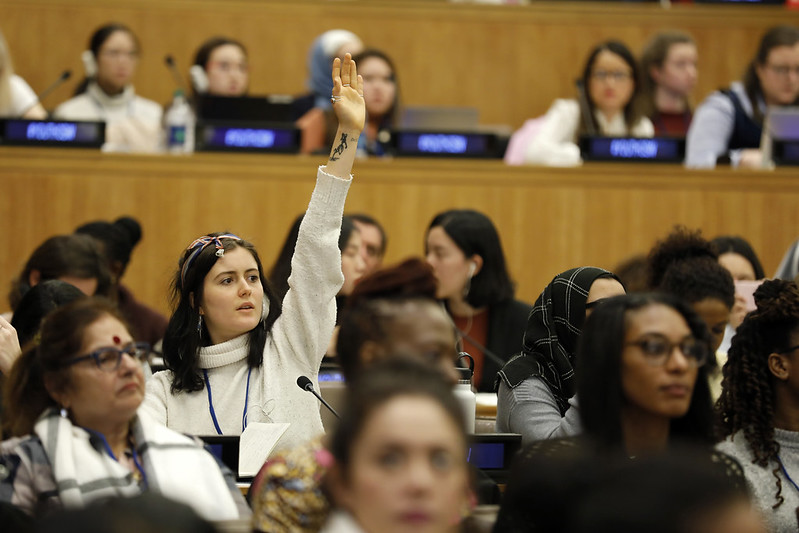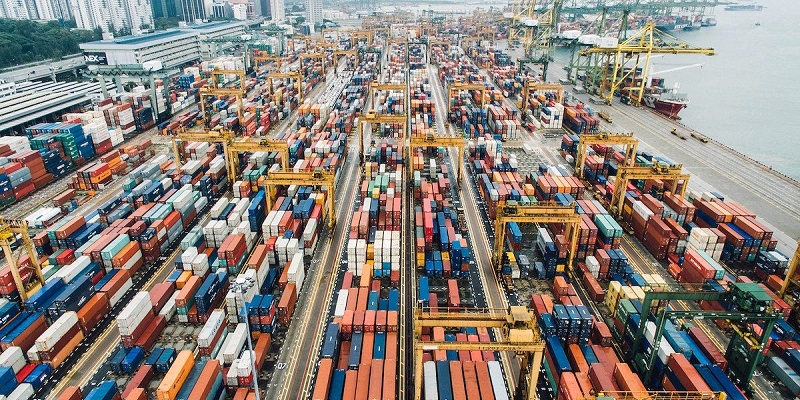Australia’s ambition to develop a critical minerals processing industry faces significant challenges due to China’s aggressive state-backed market dominance. Success hinges on creating an international security-based pricing framework to ensure sustainable diversification.
Australia is seeking to move up the value chain in critical mineral processing as part of a geoeconomic strategy to reduce global supply dependence on China. Recent setbacks in both nickel and lithium underscore how challenging this ambition may prove to be. The country’s first lithium hydroxide plant—a joint venture between China’s Tianqi and Australia’s IGO in Kwinana, Western Australia—has halted expansion plans amid cost blowouts and technical delays. The plant’s ongoing future at current capacity is also in doubt. Albermarle has scrapped plans to quadruple its Kemerton lithium processing plant. Meanwhile, a PLS and Calix joint venture in mid-stream lithium processing that was scrapped in October 2024 is only being restarted due to a large taxpayer-funded cash injection. While a 90 percent collapse in the price of lithium since 2022 is the proximate cause of Australian woes, the willingness of the Chinese state to backstop mineral output even at below cost price levels means Beijing’s firms drive out all market-based competitors during price depressions.
The fate of domestic lithium processing is reminiscent of the recent collapse of nickel processing in Western Australia, after Indonesian nickel flooded global markets and forced prices well below Australia’s cost of production. Cheap Chinese capital as well as Jakarta’s WTO-illegal export ban played a major role in ramping up Indonesian output. Even the Australian Federal government’s offer to nickel firms for further financial support was not enough to prevent domestic mine shutdown, as the price differential was simply too great.
These examples highlight that government funding alone will not suffice to prevent industry collapse where vast cost differentials exist between Chinese supply and democracies with high ESG and security-of-supply benefits. To illustrate, the capital intensity to build a mineral processing plant in Australia is ten times that of China, and once built operating costs are far higher, with the AFR noting that for lithium: “it is estimated that China can process a tonne of lithium salts for $3000 to $4000, while Citi estimates Tianqi’s costs in Western Australia are double that figure.”
The higher costs for labour, wages, energy, and high environmental standards in Australia were once hoped to be offset by buyers paying an ESG premium for critical minerals. Yet the reality is that the majority of the market is currently unwilling to pay a premium for ESG or geopolitically friendly supply, hampering diversification efforts to unwind China’s supply-side dominance.
China’s market-plus-state strategy
China has genuine economic advantages in mineral mining and processing, yet crucially, Beijing’s cost-leadership dominance is not just a function of market forces—it has been substantially built on aggressive state support and subsidies. New evidence from the OECD’s Manufacturing Groups and Industrial Corporations (MAGIC) database quantifies the scale of Chinese subsidies. Across fourteen assessed industrial sectors Chinese firms receive significantly larger government support relative to their revenues than counterparts elsewhere, evidenced by the fact that “very large subsidies, exceeding 15% of revenue” were concentrated in China’s companies. Critically, Chinese firms also benefit from greater access to below-market financing from state banks compared to other countries. The high level of state support means Chinese producers can endure price wars that bankrupt even subsidised rivals in market economies.
The OECD’s data underscores China’s strategic approach to minerals processing dominance, making it exceedingly difficult for higher-cost locations like Australia to establish competitive processing operations without government support. Federal efforts to fund critical mineral processing at scale in Australia are a good start, but will face the same challenges currently afflicting lithium and nickel if Chinese suppliers flood the market, namely that government funding for the capital intense start-up phase is not enough. Nor is it fiscally desirable to fund operational costs to keep the industry afloat during a mineral price slump that could potentially last for years. Opportunity cost and fiscal constraints call for a better solution.
Toward a two-tier market: pricing security over cheapest cost
Developed-country firms have for long called on governments to support a two-tier market price for critical minerals, based on pricing-in environment, social, and governance (ESG) factors. However, the most pressing ‘G’ today is not governance, but geopolitics. Pricing in national security is a necessity for creating long-term market sustainability of critical minerals production. G7 governments have already proposed de-risking and decoupling strategies to reduce dependency on Chinese supply, yet without establishing two-tier pricing this has so far proven elusive. The travails of Australia’s lithium and nickel producers only serve to reinforce investor concerns.
Regulating a market to achieve differential pricing can be based on the provenance of inputs using ESG-2 considerations, i.e. traditional ESG plus [G]eopolitical security. In practice, this would mean mandating that a certain percentage of an industry’s critical mineral usage come from approved countries, as for example the IRA and EU Critical Minerals Act partially do, albeit using different methods. Rules of origin—an established system of trade input accounting—can be used to create preferential market access to participating countries. This approach essentially puts a tangible price value on security-of-supply. Yet the EU and US approaches are not consistent, and the EU and Japan are not included as IRA partners, yet both are important large user markets for processed minerals.
As such, implementing a security-driven pricing tier requires a consistent approach integrating key market partners. Under the Trump administration the US may be unlikely to cooperate for now. For others such as Australia, Canada, the EU, Japan, and the UK that still support adhering to international trade rules, the WTO’s Most-Favored-Nation principle bars discrimination by country of origin, meaning security-based rules of origin would run afoul of WTO obligations. However, there are pathways to make it feasible.
Building international cooperation
Firstly, like-minded partner countries should continue to develop a framework for policy coordination guided by the Minerals Security Partnership (MSP) and the G7’s 2024 commitment to act: “together to promote economic resilience, confront non-market policies and practices that undermine the level playing field and our economic security, and strengthen our coordination to address global overcapacity challenges.” A plurilateral agreement to form a sector-specific FTA for critical minerals could be notified under WTO provisions and framed as a security exception allowable under WTO Article XXI. Sector-specific FTAs are not legal as standard, hence an Article XXI framing is necessary to stay within WTO rules.
While a recent WTO panel has produced a narrow interpretation of Article XXI coverage in a case taken against the United States’ first round of steel and aluminium tariffs, the issue is under appeal to a currently frozen Appellate Body. Thus, the scope of Article XXI remains to be decided. Ultimately, as geopolitical lines sharpen governments are not going to let trade lawyers in Geneva decide their security interests, yet avoiding unnecessary damage to an increasingly fragile WTO is in Australia’s interest. Using this legal route allows partner countries to remain within WTO bounds.
Beyond legalities, an institutional framework would be needed to manage such a two-tier market. Participating governments could then agree to direct a certain share of their procurement, stockpiling, or subsidies to products meeting those criteria in a transparent and stable manner. Over time, this trusted market would give private market actors in Australia and partner countries the confidence to invest, knowing there will be fair competition in an ESG-2 defined market for critical minerals, and they will not have to face the price distortions of Chinese state-backed supply.
When the first Trump administration pulled out of the Trans-Pacific Partnership regional trade agreement, it was widely thought the agreement would collapse absent Washington’s leadership. Instead, the leadership gap was filled by Australian and Japanese cooperation to secure the agreement. As the second Trump administration pulls back from multilateral cooperation, there is a new leadership gap. As a key supplier of critical minerals, Canberra can again play a key role in driving international cooperation, where the country has world-leading resources and projects at or nearing production. Without international cooperation public money alone is unlikely to ensure a viable and sustainable domestic processing industry outside of China, while major industrial users such as the EU and Japan will be unlikely to break their dependence on China anytime soon.
Dr Naoise McDonagh, MBA Director and Senior Lecturer in International Trade and Geopolitics at the School of Business and Law, ECU.
This article is published under a Creative Commons License and may be republished with attribution.




